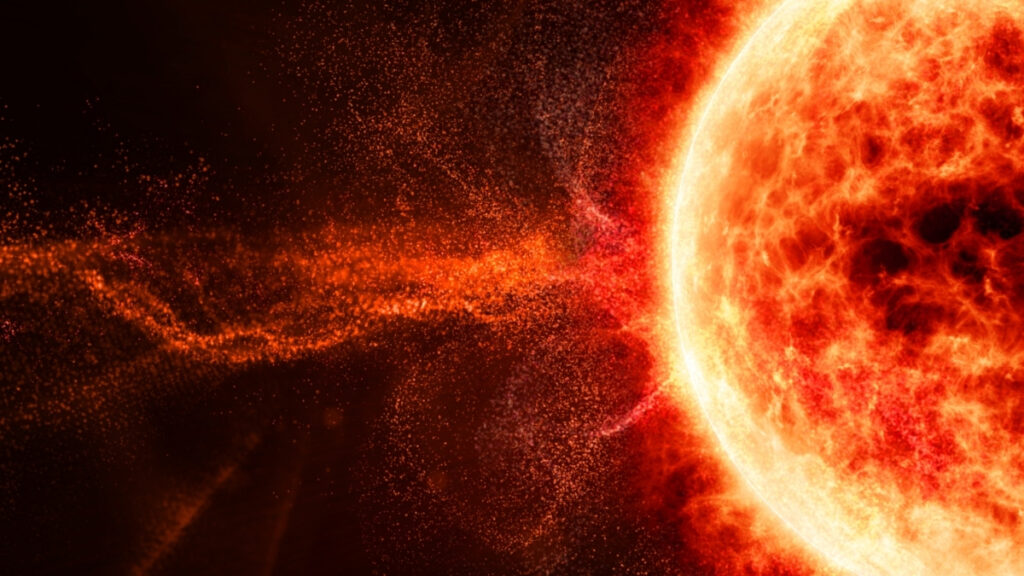
Research teams have recently developed advanced simulations that shed light on how solar phenomena, particularly tornado-like structures known as flux ropes, could pose significant risks to Earth. These simulations reveal that flux ropes, which are often formed during solar eruptions, can generate geomagnetic storms capable of disrupting technological infrastructure.
The study, published in the Astrophysical Journal in October 2025, aims to enhance our understanding of space weather events. Unlike terrestrial weather, space weather is driven by the Sun, which emits charged particles and magnetic fields. The most powerful of these events, termed coronal mass ejections (CMEs), can travel at speeds approaching 1,800 miles per second (2,897 kilometers per second), carrying vast amounts of material.
When CMEs collide with Earth’s magnetic field, they can trigger geomagnetic storms that create stunning auroras but also have the potential to disrupt power grids and other critical technologies. This research focuses on understanding the smaller, often overlooked events that may contribute to these storms.
Understanding the Formation of Flux Ropes
The team began its investigation in the summer of 2023 after detecting unusual geomagnetic storms occurring without any predicted solar eruptions. The lead researcher, a space weather expert, hypothesized that smaller space weather events could originate from the region between the Sun and Earth rather than directly from solar eruptions. One such phenomenon is the magnetic flux rope, characterized by bundles of magnetic fields wrapped together.
Preliminary simulations indicated the presence of these flux ropes, yet the challenge remained in pinpointing their origin. Current models primarily focus on larger solar eruptions, neglecting the subtle dynamics of smaller events. This gap in understanding was akin to using a large-scale weather model to predict the path of a hurricane, resulting in missed events.
To bridge this knowledge gap, researchers aimed to refine their simulations by increasing the resolution specifically in areas where flux ropes were suspected to form. This approach allowed them to capture the intricate details of these structures, which had previously been undetectable in broader simulations.
Significant Discoveries and Future Implications
The results from the enhanced simulations were remarkable. They revealed that flux ropes are created when a solar eruption collides with the slower solar wind. The study demonstrated that these structures possess a complexity and strength that could trigger significant geomagnetic storms, leading to potential disruptions on Earth.
Mojtaba Akhavan-Tafti, an Associate Research Scientist at the University of Michigan, emphasized the implications of this research, stating, “Watching these flux ropes form so quickly and move toward Earth was both exciting and concerning.” The discovery could aid in planning for future extreme space weather events, which are becoming increasingly vital as society relies more on technology.
The simulations indicated that these flux ropes, while small in scale, could be overlooked by current space weather monitoring systems. To enhance detection capabilities, scientists and engineers are now developing next-generation space missions that will aim to provide a clearer picture of these phenomena.
The research team is now working on further simulations to determine how these solar tornadoes might impact Earth and its infrastructure. This ongoing work will be crucial in improving our predictive capabilities and preparing for the potential repercussions of solar weather events.
Overall, this study not only advances our understanding of solar dynamics but also highlights the need for improved monitoring of space weather to safeguard against its potential hazards.






